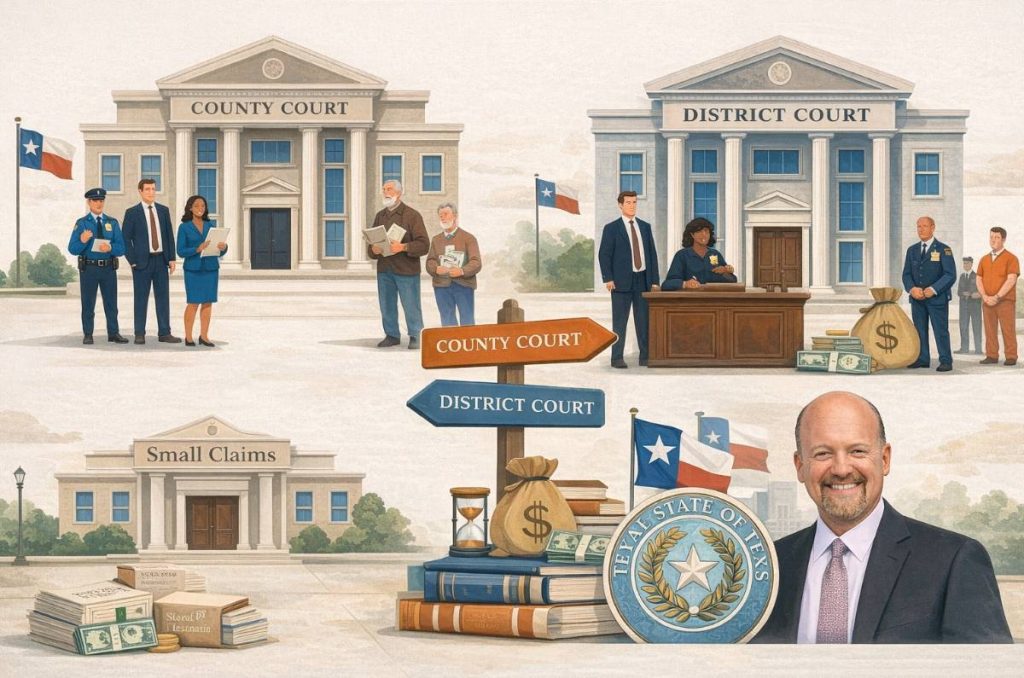With the maturation of the cryptocurrency ecosystem, political leaders have become increasingly interested in considering the role digital assets play in education. Bitcoin.
As one of the gubernatorial candidates in Ohio, he has offered a bold step that incorporates the use of bitcoins in the school system, especially in public schools.
In addition to updating the field of financial literacy, this proposal would introduce students to the fundamentals of cryptography and blockchain technology, as well as the future of money.
Schoolchildren in Republican-controlled Ohio now have the opportunity to become the first American pupils to learn how to track the bitcoin price live in their classrooms, in the soon-to-be-discovered, emerging, and fast-changing global economy.
The Why Behind the Proposal
The move to educate Ohioans about Bitcoin is a result of increased awareness of financial literacy and economic preparedness. The classical models of teaching concentrate on banking, budgeting, and interest rates, but there are only a few schools that teach about digital assets and crypto fundamentals.
With the advent of Bitcoin and other cryptocurrencies in popular discourse, these days, even adults struggle to explain concepts such as blockchain, wallets, or decentralization. According to the proponents, these initiatives often encouraged students to delve into the realm of digital money without proper guidance.
Incorporating the use of Bitcoin into the school curriculum, Ohio might provide the students with some systematic experience with new financial instruments. The advocates hope that it will train the new generation to make informed investments, comply with various regulations, and secure employment opportunities within the fintech sector.
Furthermore, by developing their critical thinking about money and control, the socio-economic and technological implications of cryptocurrency can help young people become critical thinkers.
Curriculum Design and Classroom Integration

The suggested curriculum will cover several grade levels and begin with concepts that address the fundamentals of money, progressing to the advanced mechanisms of blockchain.
The novice students can start their study with analogy learning in the classroom, involving explaining the use of decentralized transactions, such as peer-to-peer transactions without a middleman. Older learners would work with mathematics of cryptographic hashes, consensus mechanisms, and smart contracts.
Other tasks that can be applied in the classroom include simulated Bitcoin mining and wallet creation activities, as well as virtual trade in a fictional currency. Discussions regarding areas of volatility, privacy, regulation, and cybersecurity risk would follow these practical measures.
Educators would require a powerful preparation or connection with a licensed partner in fintech teaching. Education boards at state level are supposed to liaise with industrial experts to state accuracy and balance.
Financial Literacy Meets Digital Citizenship
Bitcoin education is not used as a promotional tool by Ohio. Instead, proponents focus on the importance of understanding cryptocurrency as a new domain of financial literacy.
Lessons will address the possible advantages and disadvantages. The students will discover that being innovative and independent, decentralized finance presents additional forms of risk, fraud, price crash, and digital theft.
Moreover, the policy initiative relates education on Bitcoin to expanding digital citizenship. The students will learn about the issues of algorithms, data privacy, and online identity as they relate to digital money. Such a comprehensive strategy helps them develop essential media literacy.
Promoting critical thinking about stories related to cryptocurrencies is perceived as one of the significant learning outcomes that can be achieved in an atmosphere where misinformation is rampant.
Political and Economic Consequences
The desire to run in a gubernatorial election addresses a broader political moment. Supporters of this development believe that Ohio should be the experimental, crypto-forward state in the country.
Bitcoin education is a logical next step since other states have already experimented with sandbox regulations and created token pilots. The advocates believe that classroom success may serve as the foundation for other crypto innovations in state-level services, infrastructure, and industry.
Critics, however, wonder whether this attention is directed at the grade-school students. Critics consider Bitcoin to be overly hypothetical or fear that schools will unintentionally foster an investment mindset. Others claim that funds would serve a more purpose to resolve long-standing teacher and infrastructure shortages.
Still, the advocates are sure that the curriculum change is exactly the innovative step into the future that is necessary within the education system of Ohio.
Training Teachers and Schools
To educate all states about Bitcoin, the instruction should be rolled out with detailed preparation of the teachers. Available resources may include online training modules, professional development workshops, and partnerships with nonprofits that share a forward-looking attitude towards the principles of blockchain.
Sample lesson plans would be required to meet the state’s educational standards in the areas of math, social studies, computer science, and economics.
The schools would also require an improvement of their digital infrastructure. Access to the blockchain page and simulated Bitcoin wallets might require high-security computer laboratories. The privacy of data would be a crucial consideration; no real-world cryptocurrency would be purchased, sold, or possessed by students.
State funds or grants could fund districts in need of help. Pilot programs in school districts can help achieve and streamline content before it is widely used. Such a shift would be nearly imperceptible, occurring iteratively and gradually.
The Future of Bitcoin Education
With talks still ongoing, other lawmakers, educators, and stakeholders in the state of Ohio are observing. Provided that the gubernatorial candidate is elected and the initiative is approved, both may be implemented in a pilot format in the following academic year.
The widespread statewide implementation may take more than a few years, but its potential effects can be long-term.
The daring offer submitted by Ohio has a very clear message: cryptocurrency education is not simply jargon; it is an essential part of gaining knowledge in the future economy.
In the event of success, this initiative can encourage other states to reexamine the foundations of financial literacy during the era of digital asset development.
So the bottom line is that what Ohio has proposed is more than a policy-it is a wager on the future.
Empowering the students to confront blockchain, money, and markets, the state becomes one of the front-runners of education reform and the process of technological advancement to a generation that has been exposed to smartphones and screens, preparing them to understand digital currencies might not be about Bitcoin per se, but more likely to be about critical thinking in a digital age.





